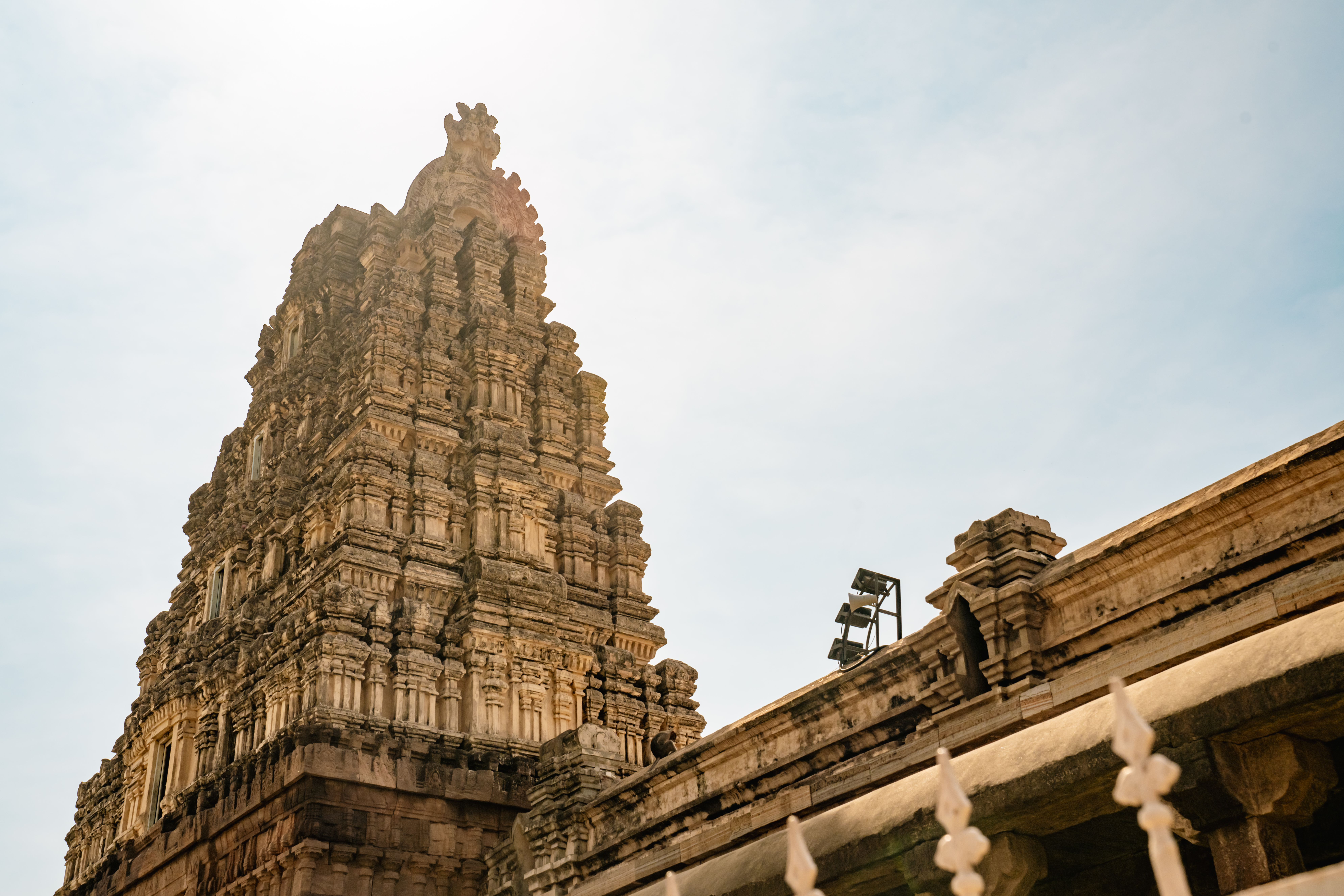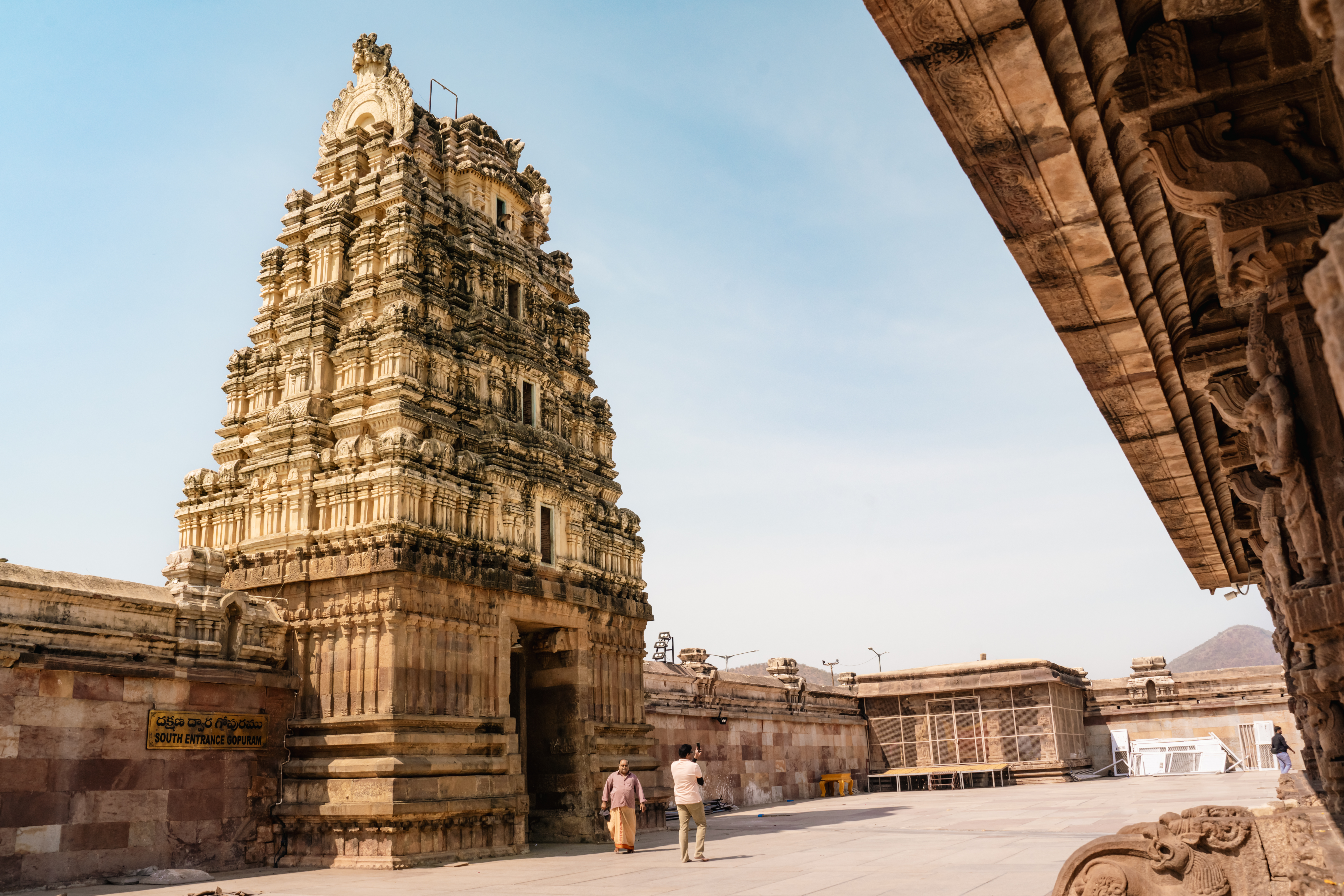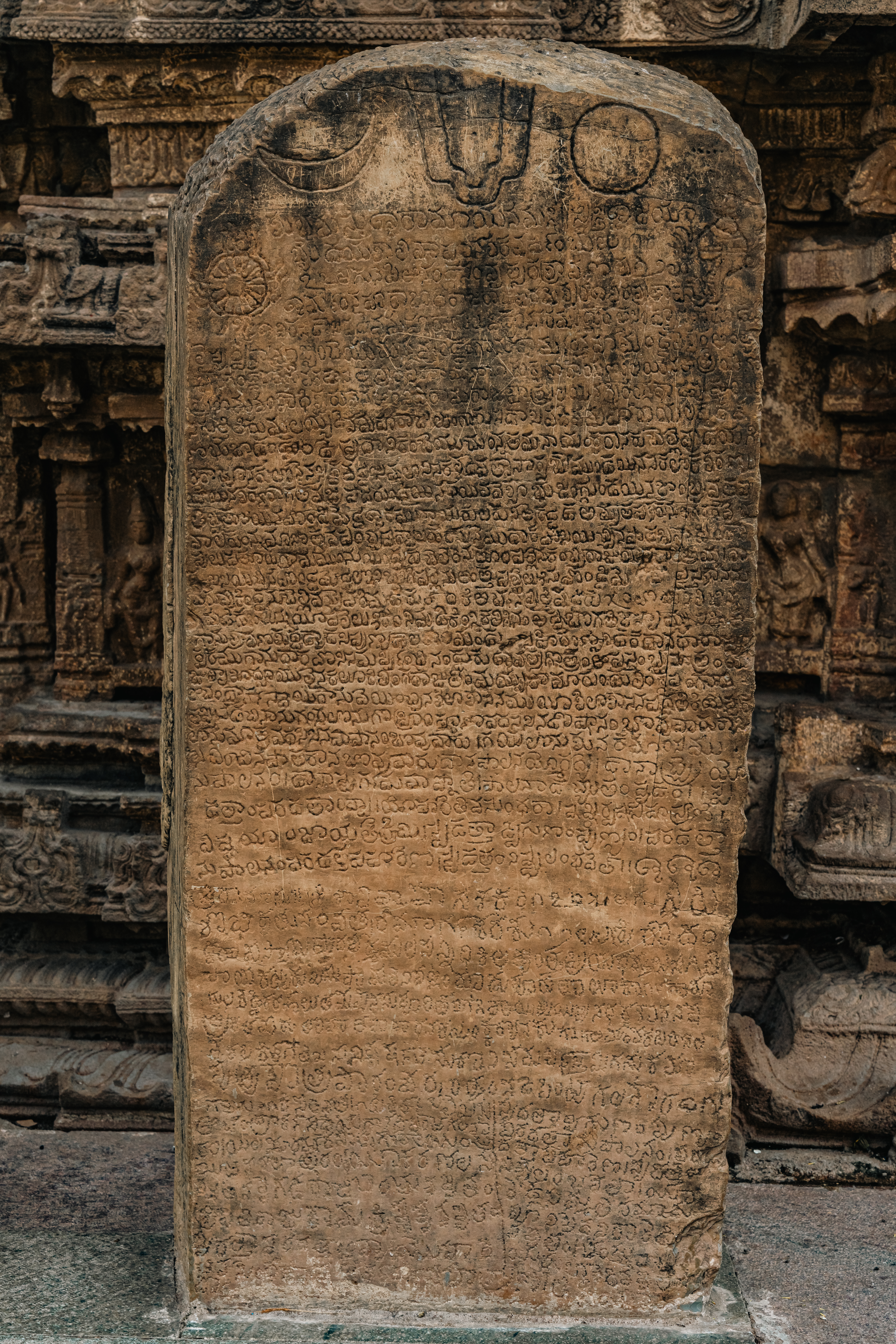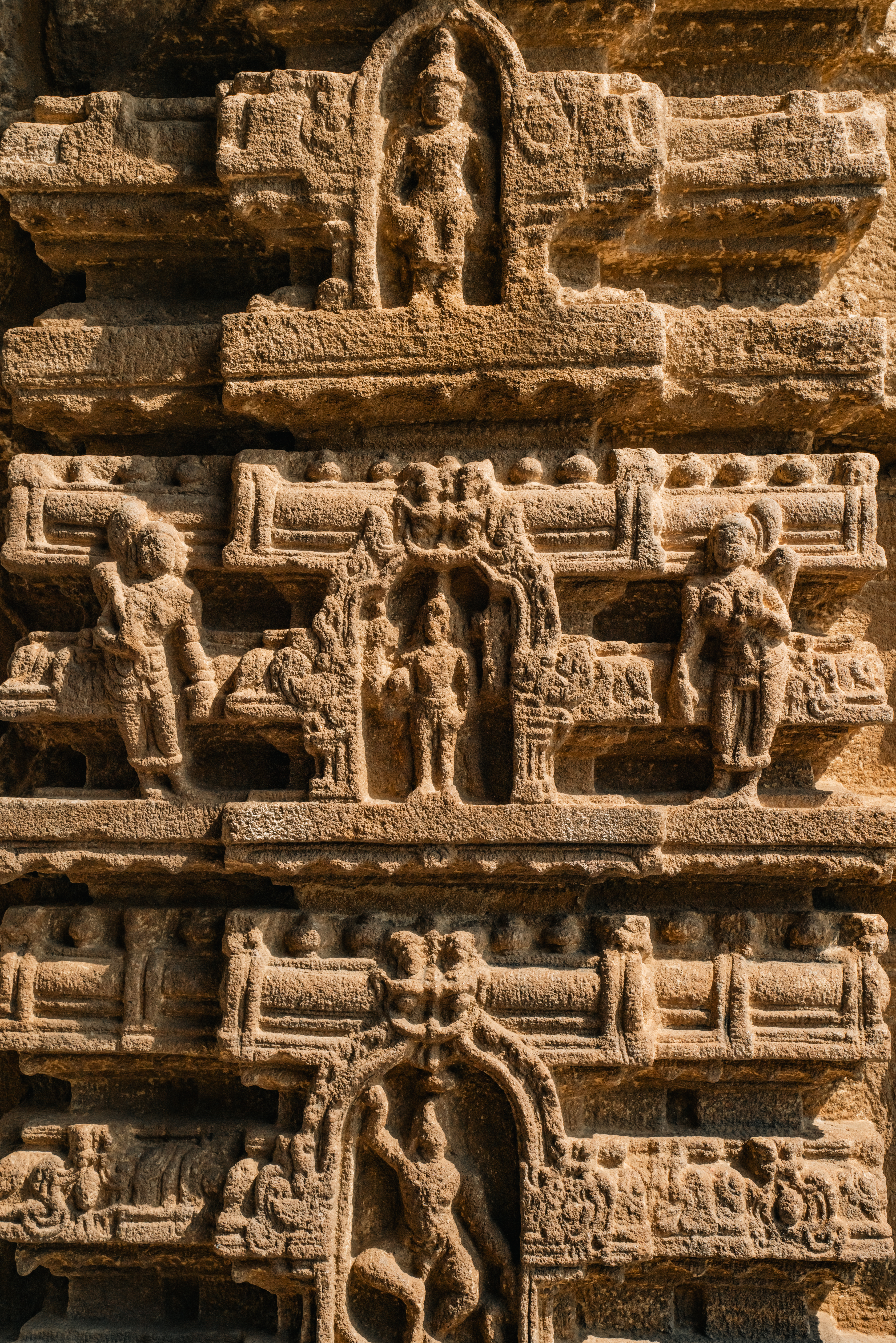History: According to local lore, the town is named after Vontudu and Mittudu, two robbers who reformed and became devotees of Lord Rama. It is believed that they built the Vontimitta Temple and later turned into stone at the entrance of the temple. The temple’s idol was reportedly installed by Jambavantha, the bear king who aided Lord Rama in his mission to Lanka. Historically, the Vontimitta Temple dates back to the 16th century. It was initially constructed by the Chola rulers and later expanded by the Vijayanagar rulers. The renowned Telugu poet Bammera Pothana dedicated his epic, the Andhra Maha Bhagavatamu, to Lord Rama at this temple. Annamayya, another significant poet, frequented the temple and composed numerous hymns in praise of Lord Rama. The temple also attracted the attention of the French traveler Jean Baptiste Tavernier, who visited in 1652 and described it as one of India’s most beautiful temples. Architecture: Although the Cholas initiated the temple’s construction, the architecture predominantly reflects the traditional Vijayanagara style, characterized by a Sandhara order with a rectangular yard enclosed by walls. The temple boasts three ornate Gopurams (tower gateways): the main entrance facing east and two others facing north and south. The central tower is a five-tiered structure with steps leading to the top. Inside the Garbhagudi (sanctum sanctorum), a single rock features the idols of Bhagawan Sri Rama, Goddess Sita, and Lord Lakshmana. The temple also includes a shrine for Sri Anjaneya Swamy and another for Lord Vinayaka in a dancing posture within the main Mandapam (hall). The Mandapam, or Rangamandapam, is an open-air theater with over 32 intricately carved pillars, known for its exquisite sculptures of apsaras (celestial nymphs), Krishna, and Vishnu. The corner columns feature three layers of apsara carvings, and the mandapam’s roof is adorned with decorative brackets. The sculptures of Rama and Lakshmana in the mandapam depict Rama standing with a bow in his right hand and an arrow in his left, and Lakshmana in a tribhanga posture holding a bow. Notably, this temple is one of the few places where the idol of Bhagawan Sri Rama is not accompanied by Lord Anjaneya Swamy (Hanuman), as they were in exile and had not yet met Hanuman. Hence, Anjaneya is not present in the sanctum but has a separate shrine within the temple. Religious Significance: The government decided to hold the Sri Rama Navami Utsavam at the Vontimitta Sri Kodanda Rama Swamy Temple. Traditionally, the Bhadrachalam temple in the erstwhile united Andhra Pradesh hosted the Sri Rama Navami Utsavam. Following Telangana's formation, Andhra Pradesh is the only place in India where the Sri Seeta Rama Kalyanam is celebrated at night.
|
To be updated



